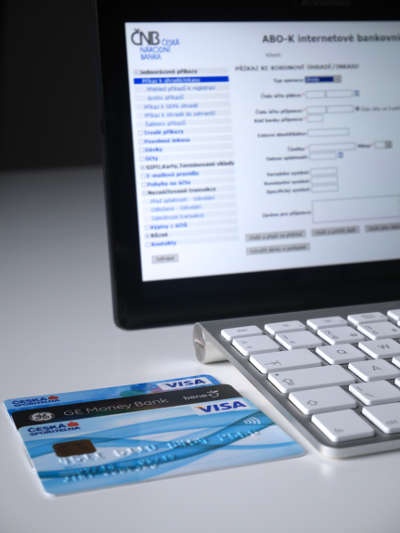The changeover scenario
1 January 1999 was a significant date since it was associated with numerous key steps:
- The creation of the single currency and the irrevocable fixing of the exchange rates of national currencies against the single currency;
- The commencement of full operation of the European Central Bank, including monetary operations in the single currency;
- The use of the new currency on financial markets and in payment systems;
- The coming into effect of legislation laying down the legal framework for the single currency.
It was decided at the Madrid Summit that the transition period, during which the single currency would be introduced only in scriptural (non-cash) form, would last three years (until the start of 2002).
This was to be followed by a period of no more than six months during which the legacy currency would co-exist with the new European currency. After this period expired, it would be possible to exchange the previous national currency at national central banks. The single currency was named the euro.
The three-year period following the Madrid Summit saw very intensive preparations for the introduction of the single currency. These preparations largely involved performing the tasks confirmed by the Madrid Summit in the following main areas:
- establishing the legal and institutional framework for the introduction of the single currency;
- creating an optimal environment for its subsequent operation (the Stability and Growth Pact);
- qualifying for membership in the single currency area and assessing which countries were compliant with the requirements for entering Stage Three of Economic and Monetary Union.
The actions in each of these areas went on simultaneously and overlapped to a large extent.
| In 1997, the Council of the EU approved Regulation No. 1103/97, which laid down the legal terms of the changeover from national currencies to the single currency. Two Council Regulations, Nos. 1466/97 on the strengthening of the surveillance of budgetary positions and the surveillance and coordination of economic policies and 1467/97 on speeding up and clarifying the implementation of the excessive deficit procedure, laid the legal foundations for the subsequent operation of the monetary union and provided for the stability of public budgets and sustainability of public debt in Stage Three of Economic and Monetary Union. They provide the legal anchor for the Stability and Growth Pact (see section 7, The Stability and Growth Pact). |
The changeover preparations were accompanied by relatively extensive and expensive preparation of the financial services sector and especially of banks, as for them the introduction of only non-cash euro meant a relatively long period of parallel existence of two currencies at the national level.










